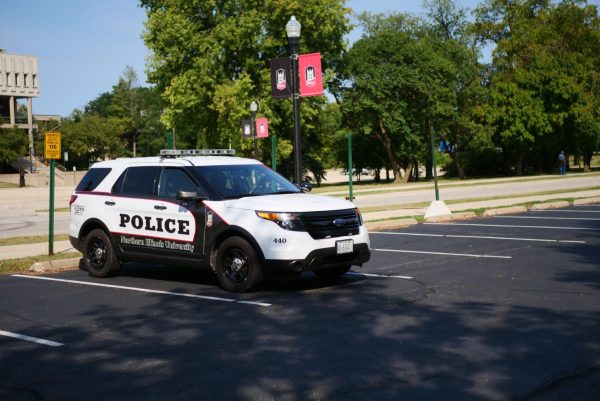Students feeling blue as weather gets colder
November 18, 2008
With the colors of fall fading, the end of the semester may leave students feeling blue.
The arrival of fall and winter brings colder weather, shorter days and, for many people, a considerable downturn in mood.
According to the American Psychiatric Association (APA), feeling less energetic is a common complaint from people in the winter months. Most are able to overcome these “winter blues” and successfully go about their normal daily routines. For those whose symptoms incapacitate their ability to maintain the rush of the semester finale, however, the result may be more severe and require medical attention.
Bev Espe, assistant director of Health Services, said although Seasonal Affective Disorder (SAD) affects most people to some degree, there are ways to lessen the symptoms brought on by the winter season.
“The shortened daylight hours upset our bodies’ natural clock or Circadian Rhythm, which influences excessive sleepiness and hunger,” Espe said. “This decreases the level of serotonin in our brains and effects mood as a result. The idea is to increase the serotonin levels, by brightening up your environment.”
Serotonin is a neurotransmitter involved especially in the regulation of mood, and, therefore, certain mental disorders, such as depression and anxiety, according to the APA Web site.
Home remedies for SAD include turning lights on earlier in the morning and leaving them on longer at night. Having lighter paint on the walls and lighter carpets also helps to lighten moods. For those who tend to leave curtains drawn in the day, keep them open, Espe said.
Nick Hafeman, freshman jazz guitar major, said he has noticed a change in his overall mood since he set his clocks back.
“When I’m in my dorm room trying to get work done and the sun sets at five o’clock, it just makes me want to go to sleep, but I can’t,” Hafeman said. “It’s really frustrating, and it throws off my entire mood.”
Debra Askelson, a health educator from the Health Enhancement, also suggests using light therapy as a method for preventing SAD.
“Spend time outdoors on sunny days,” Askelson said. “During extended cloudy periods, the Mayo Clinic states that light therapy mimics outdoor light and causes a biochemical change in your brain that lifts your mood, relieving symptoms of SAD.”













